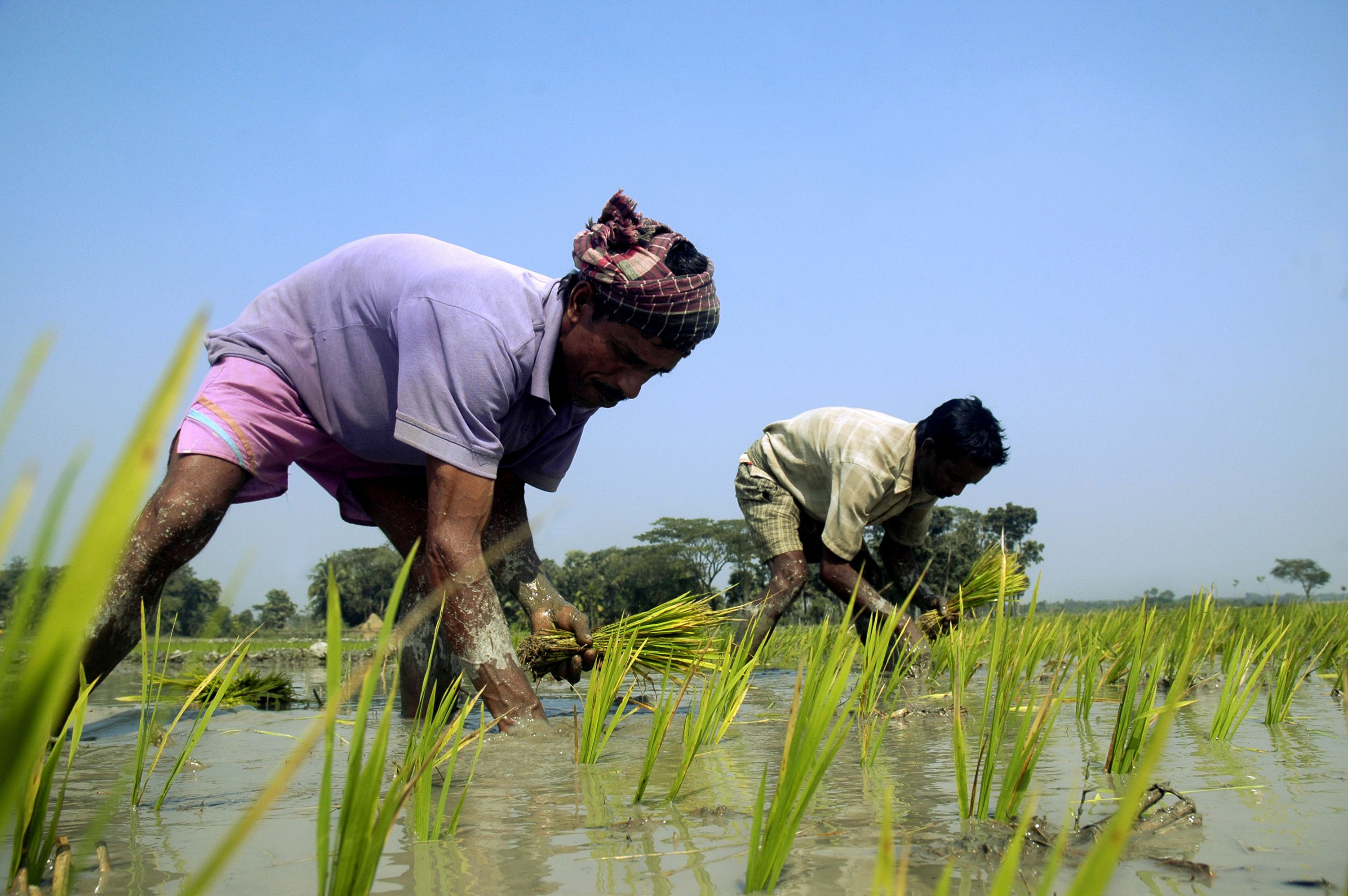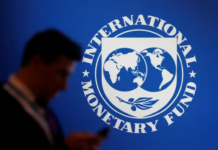They can’t utilise cheap funds as depressed demand from borrowers persists amid pandemic

Lending growth failed to keep pace with the deposit growth in banks in September, putting lenders in an uncomfortable situation as they cannot make the most of cheap funds because of depressed demand from borrowers.
Loans and advances stood at Tk 1,065,570 crore as of September, up 9.56 per cent from a year ago, central bank data showed.
Year-on-year lending growth was 8.95 per cent in June this year and 10.95 per cent in December last year.
Fund disbursement from the stimulus packages unveiled by the government in response to the pandemic-induced economic slowdown helped the credit growth pick up slightly despite a lower demand from the private sector.
But the lending growth is not satisfactory at all given the deposits held by banks.
Deposits at banks rose 12.39 per cent year-on-year to Tk 1,345,436 crore in September although the weighted average interest rate on deposits fell to 4.73 per cent, the lowest in a decade.
The deposit growth stood at 10.49 per cent in June and 12.32 per cent in December last year. This means banks will incur a loss in the coming days if the deposit growth continues to run higher than the lending growth.
The difference between deposit and credit growths was also exposed by the latest data on advance (loan) and deposit ratio (ADR) calculated by banks.
The ADR was 74 per cent in September, down 76.22 per cent three months earlier and 77.34 per cent in December.
As per a central bank instruction, conventional banks have to maintain 87 per cent in ADR, meaning that they are allowed to lend Tk 87 against every Tk 100 mobilised.
Shariah-based banks are allowed to keep their ADR level within 92 per cent.
The decline in the ADR indicates that banks are grappling with excess liquidity.
Six out of nine foreign commercial banks registered a negative credit growth in September. As much as 27 local banks had less than 10 per cent credit growth.
Money injection into the banking industry has been on the rise because of the stimulus packages and the robust growth of remittances in the recent periods, said Md Arfan Ali, managing director of Bank Asia.
“The central bank purchases dollar regularly from banks in the wake of falling imports, injecting a large amount of liquidity into the banking industry,” he said.
Such a trend will not bring any positive impact for banks as it usually puts an adverse effect on their profitability, Ali said.
“Lenders are trying to sustain their regular operations at this moment,” he said.
Syed Mahbubur Rahman, managing director of Mutual Trust Bank, said the interest cost of banks is increasing because of the lower credit demand.
“We have to provide interest to depositors regularly, but the scope of lending has squeezed in the absence of vibrant economic activities,” he said.
Demand for retail loans is decreasing, and the middle and lower-middle income groups are struggling to survive from the economic hardship, Rahman said.
Banks are also cautious in disbursing such loans as well, he said.
Emranul Huq, managing director of Dhaka Bank, said a majority of businesses adopted a go-slow policy when it comes to expansion.
“Many businesses that had earlier planned to set up new industrial units or expand the existing ones have changed their plan. They will at least observe the overall situation until the end of February.”
The slowdown in credit growth indicates a struggling economy.
The economy will pick up once the vaccine for the coronavirus is available in the country, Huq said.
Bangladesh will receive the first consignment of Oxford-AstraZeneca’s Covid-19 vaccine in January, Health Minister Zahid Maleque said last week.
The health ministry has signed an agreement with Beximco Pharmaceuticals and the Serum Institute of India to purchase three crore doses of vaccines, developed by the Oxford University.









